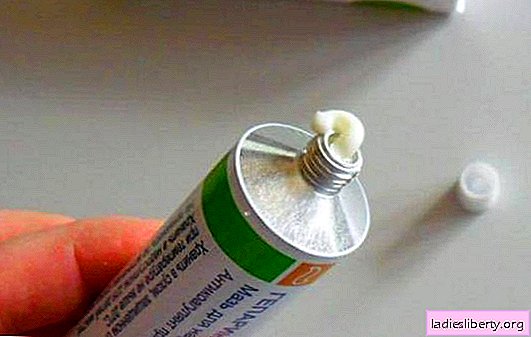
Ivan da Maria - General Description
The plant Ivan da Marya (Mariannik oak) belongs to the genus Mariannik of the Zarazikhov family. It is also popularly called jaundice, jaundice, tagged grass, limestone, Ivanovo grass, meadow bell. The genus Mariannik combines annual herbaceous plants that have an underdeveloped root system and an erect stem, reaching a height of 15 cm to 50 cm.
Mariannik blooms with bright yellow flowers from early summer to autumn, after which the fruits appear in the form of boxes on the plant. The plant is very decorative, in addition, its flowers are a good honey plant. Some types of browning, in particular oak browning, have long been used in folk medicine.
Ivan da Maria - types and places of growth
Mariannik oak forest is a plant with a European range. The main places of its growth are the forest-steppe and forest European parts of Russia, the north-western and western forest-steppes of Ukraine, the Caucasus, Siberia. The best conditions for this plant are deciduous forests, chalky slopes and moist peat meadows.
In total, the genus Mariannik has up to 35 species, among which the most characteristic for our zone are oak grove (Ivan-da-Marya), field buckwheat, meadow meadow grass, forest meadow grass and split grass.
Ivan da Maria - healing properties
Ivan da Maria has anti-inflammatory, insecticidal and wound healing effects. In folk medicine, heart and stomach diseases are treated with its decoction; use it for baths in the treatment of diathesis, eczema, tuberculosis of the skin, rheumatism. With the help of freshly chopped herbs, browns of henbane effectively heal wounds.
It is interesting that, since ancient times, the flowers of Ivan da Mary have been endowed with special magical properties, believing that, collected on Ivan Kupala, they can take away evil influence from the house and keep good relations between spouses.
Ivan da Maria - dosage forms
As medicinal raw materials, the aerial parts of the Ivan-da-Marya plant are used in the form of flowers, stems, leaves, as well as fruits. The time for collecting grass and flowers is the flowering period (from May to September). After collection, they are dried in well-ventilated areas, then stored separately from other plants. The shelf life of dry raw materials is up to 10 months. The fruits of oak grove are harvested from July to September.
Ivan da Maria - recipes
The infusion of ivan da marja herb is used as an effective remedy for baths and local washes in the treatment of scrofula, various rashes and scabies. For its preparation, 3 tbsp. l Strawberry is poured with 1 liter of boiling water and, having insisted for about 2 hours, filtered.
In the treatment of hypertension, dizziness, heart disease, neuralgia, epilepsy, diseases of the stomach and gastrointestinal tract, another infusion of oak grove is used. For its preparation, 1 tbsp. l herbs are poured with a glass of boiling water, then insist half an hour and, having filtered, take twice a day in half a glass.
With the help of freshly chopped grass and its powder, the healing process of wounds is accelerated, and harmful insects are destroyed by decoction of the fruits.
Ivan da Maria - contraindications
When using the Ivan-da-Marya plant, it should be remembered that it is very toxic, therefore, they should be used inside with great care. The seeds of the plant contain the poisonous glucoside rinanthin (aucubin), which has a narcotic and local irritant effect, manifested by weakness, drowsiness, and weakening of cardiac activity. The appearance of these symptoms after consuming preparations of Dubrovnik’s marjanic is a reason for immediately contacting a doctor.











